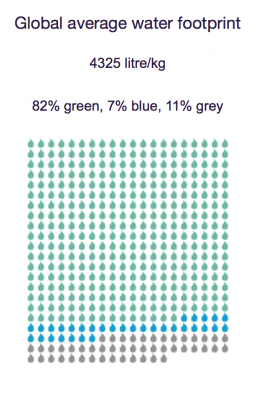We spend the majority of our year on the Union College campus, so it would be insane to assume that every single one of us remains unaware of the massive number of cases of beer consumed per weekend here. However, the amount of water used, and wasted, to produce such a college staple might surprise many of us. In an article by Justin Solomon for CNBC in which it is revealed that five barrels of water go into every barrel of beer made by MillerCoors. In a full barrel there is, approximately, thirty one gallons of beer. So that would mean that one hundred and fifty five gallons of water go into producing 31 gallons of beer, and these, reportedly, were the companies more water conscious numbers. Good, but not great.
Now we have a possible solution to all of the unnecessary water waste coming out of an, honestly, unnecessary product. An article by Cassandra Profita for NPR reporting that some small craft breweries in Oregon, the Portland area, have been assembled to use a form of highly treated, “high purity” wastewater produced by a Oregon water treatment facility. The facility, Clean Water Services of Hillsboro, has reportedly developed technology that can treat sewage to a point where it is safe for human consumption. The technology involves a three step system of ultra filtration, reverse osmosis, and enhanced oxidization. In order to get that ball rolling they enlisted thirteen local brewers in a competition to make beer using the treated wastewater, after being approved by the state of Oregon as a safe practice. The purified water that was used in the competition was thirty percent treated and filtered wastewater, but the ultimate goal for the company is to have brewers using one hundred percent recycled wastewater.
The goal for this experiment, and a healthy lesson for us all to learn, is that people need to come to terms with using recycled water for everyday activities before a major draught forces them to do so. Beer is by no means a necessity, but somehow it seems easier to approach major issues (like water management) through the means of something unnecessary. Sometimes, those are where the best answers are found.




